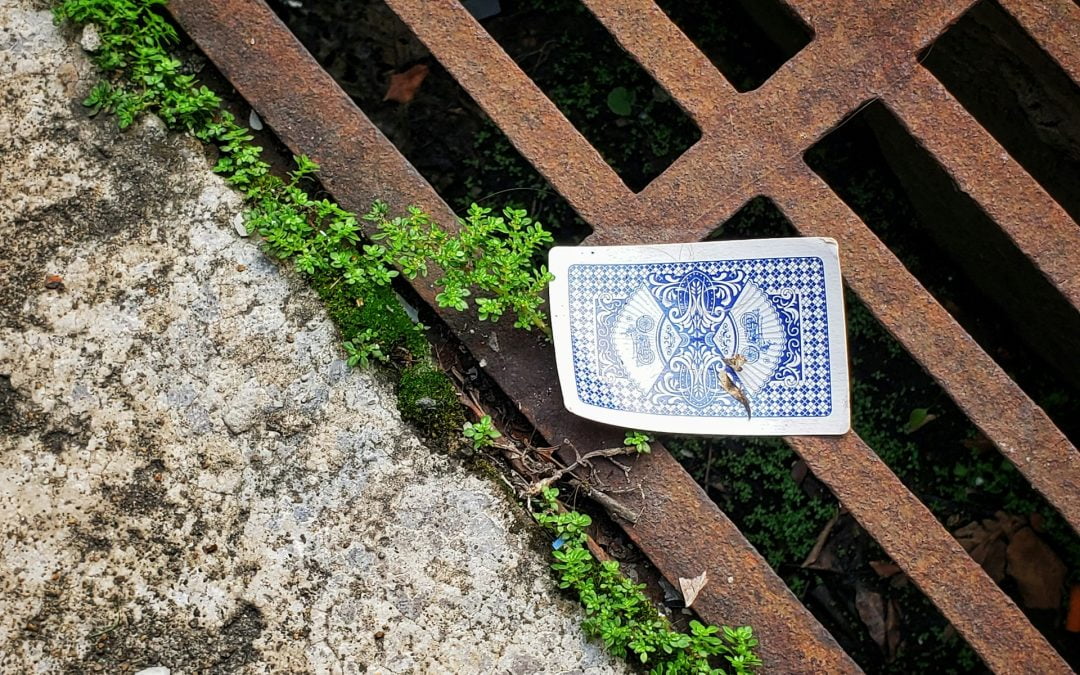Submersible sewage pumps are critical components in wastewater management systems, providing an efficient and reliable means of lifting wastewater in various applications. These pumps are specifically designed to operate submerged in liquid and can handle various wastewater types, including those containing solid particles and sewage.
Submersible sewage pumps are engineered to be submerged directly into the wastewater, making them highly effective in pumping sewage from residential properties, commercial establishments, and industrial facilities.
In comparison with non-submersible pumps, they offer several advantages, such as reduced risk of pump overheating, lower noise levels, and minimal exposed moving parts. Due to their durability and reliability, submersible sewage pumps are widely used in packaged pumping stations and sewage lifting stations.
In this comprehensive guide, we will delve into the essential features of submersible sewage pumps, discuss how to select the appropriate one for your needs and provide useful maintenance tips to keep these pumps in top condition.
Join us as we take a deep dive into the world of submersible sewage pumps, understand their key features, learn how to choose the right pump for specific needs, and ensure their optimal performance with proper maintenance.
Submersible Sewage Pumps: Essential Features, Selection, and Maintenance Tips
Essential Features of Submersible Sewage Pumps
- Motor and Pump Housing: Submersible sewage pumps typically feature robust cast iron or stainless steel housing that is sealed to prevent water ingress. These materials offer strength and corrosion resistance, ensuring the pump’s longevity under demanding conditions.
- Impeller Design: The impeller is responsible for generating the flow of wastewater. Different impeller designs are available, such as vortex, open, and chopper impellers, each catering to specific wastewater types and pumping requirements. For example, a vortex impeller is ideal for handling wastewater with high solid content, while an open impeller can easily handle slurry-like substances.
- Motor Protection and Cooling: Submersible sewage pumps use a sealed, oil-filled motor for cooling, ensuring that the pump stays cool even during extended periods of operation. Built-in thermal overload protection prevents motor burnout in case of overheating or excessive load.
- Watertight Cabling: The electric cables used in submersible sewage pumps are designed to be waterproof to prevent short circuits and electrical failures due to water exposure.
Tips for Selecting the Right Submersible Sewage Pump
- Assess the Type of Wastewater: Submersible sewage pumps are designed to handle different types of wastewater, from sewage to industrial slurry. Identifying the type of wastewater you’ll be dealing with is crucial in choosing the right pump.
- Determine Pump Capacity: The pump’s capacity, given in litres per minute (LPM) or gallons per minute (GPM), indicates the volume of liquid it can transport. Before selecting a pump, calculate the required flow rate based on the amount of wastewater generated by your application.
- Calculate Total Dynamic Head: Total dynamic head (TDH) refers to the vertical height difference between the inlet and outlet, along with any friction losses in the system. To ensure optimal pump performance, calculate the required TDH and select a pump that can meet this demand.
- Choose the Appropriate Impeller Type: As mentioned earlier, the impeller type plays a vital role in the pump’s performance. Selecting the right impeller type based on your specific wastewater management requirements will greatly affect the pump’s efficiency and its ability to handle solids.
Best Practices for Maintaining Submersible Sewage Pumps
Regular maintenance is critical for the performance and longevity of submersible sewage pumps. Here is a list of best practices to keep your pumps in top running condition:
- Periodic Inspection: Schedule regular inspections to check for signs of wear, damage, or corrosion on the pump, impeller, and other components. Early detection of potential issues allows you to address them before they escalate into costly repairs or failures.
- Clean the Pump: Remove accumulated debris from the intake screen and impeller to prevent clogging and reduce stress on the motor. This simple cleaning procedure can be performed during routine inspections.
- Monitor Seals and Gaskets: Check seals and gaskets for signs of wear or leakage. Replace worn or damaged parts to prevent water from entering the motor housing and causing electrical shorts or motor damage.
- Lubrication: Submersible sewage pumps may contain bearings or other components that require lubrication. Ensure that proper lubrication procedures are followed as per the manufacturer’s recommendations to prolong equipment life and maintain optimal performance.
- Test Electrical Components: Regularly check electrical connections, cables, and control panels for signs of wear, corrosion, or damage. If any issues are discovered, address them promptly to prevent potential electrical failures or hazards.
Final Thoughts
Submersible sewage pumps play a critical role in wastewater management systems, offering reliable and efficient wastewater transportation solutions. By understanding the essential features of these pumps and carefully considering the factors involved in choosing the right one for your specific needs, you can ensure your submersible sewage pump provides optimal performance and longevity.
Regular maintenance, including routine inspections, seal and gasket monitoring, and timely lubrication, is vital in preserving the operational efficiency of these sewage pumps, making them a valuable addition to any wastewater management system. Contact our expert team at A&C Pumps Ltd to learn more!

